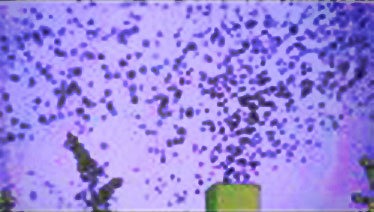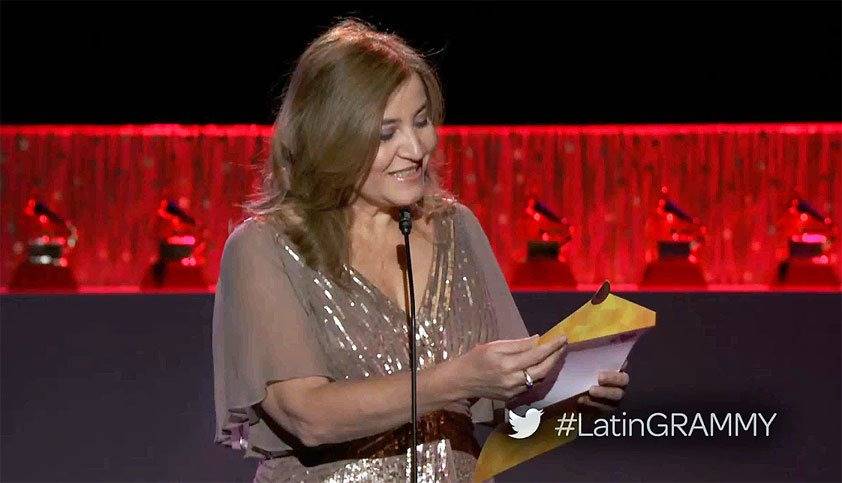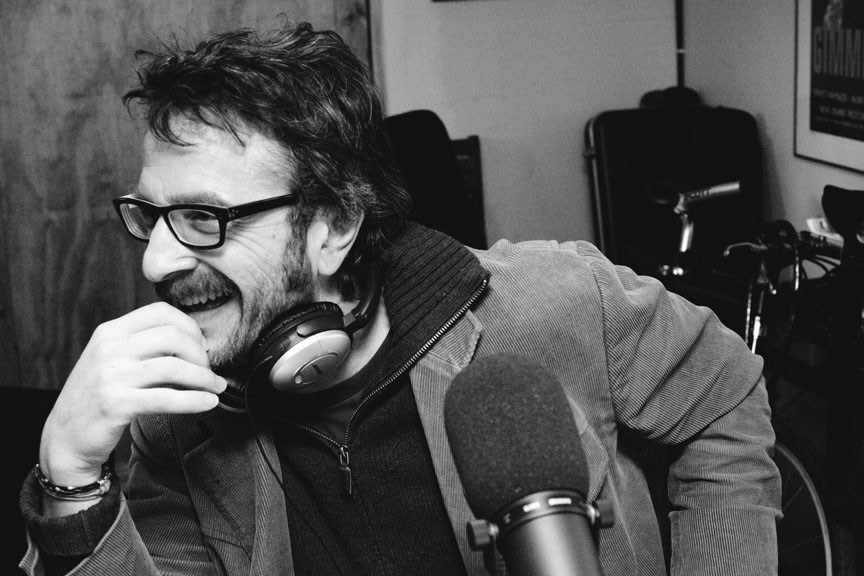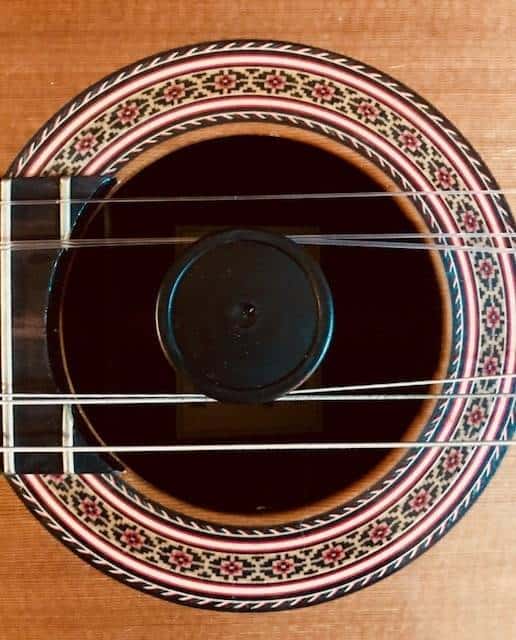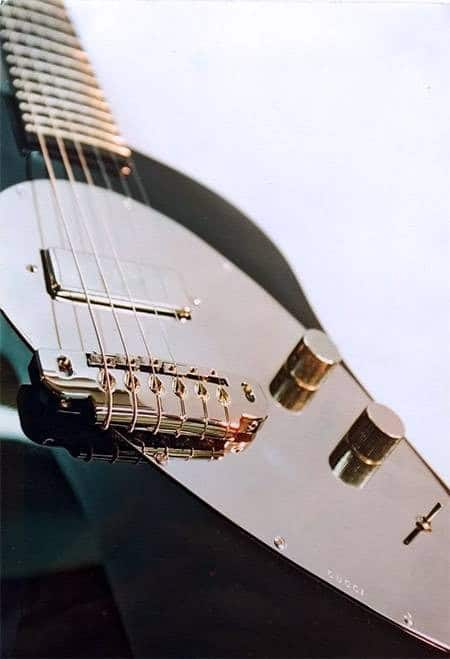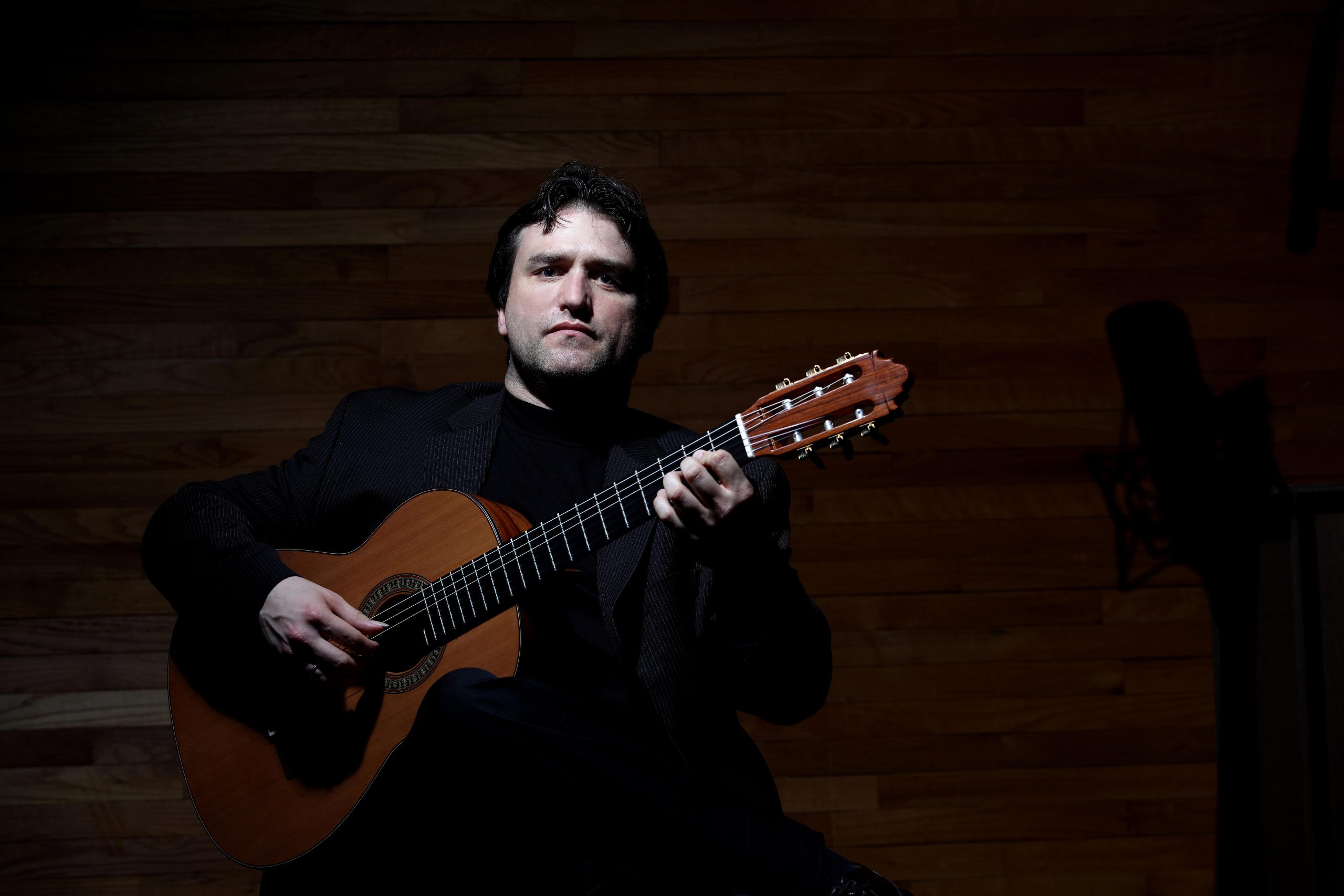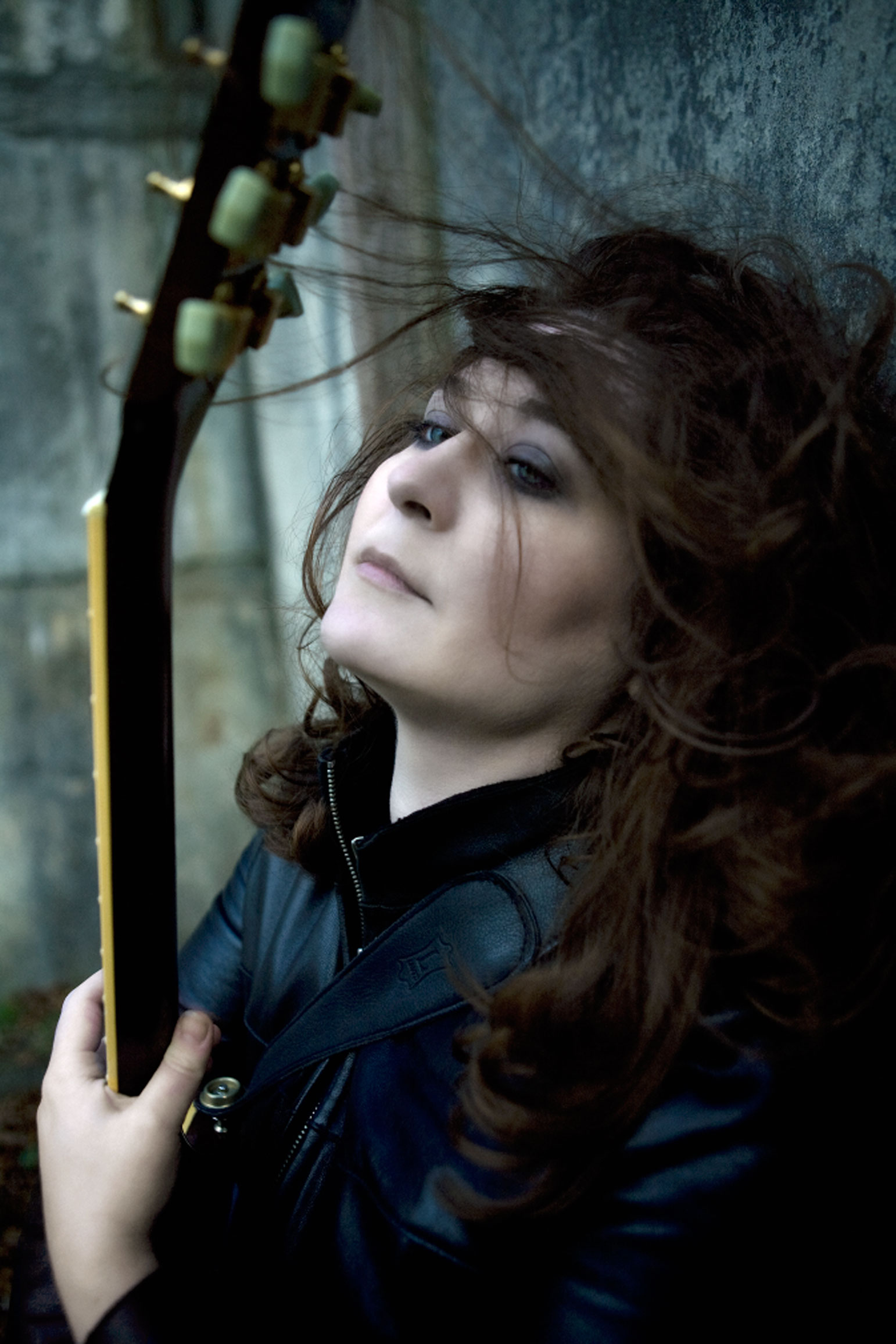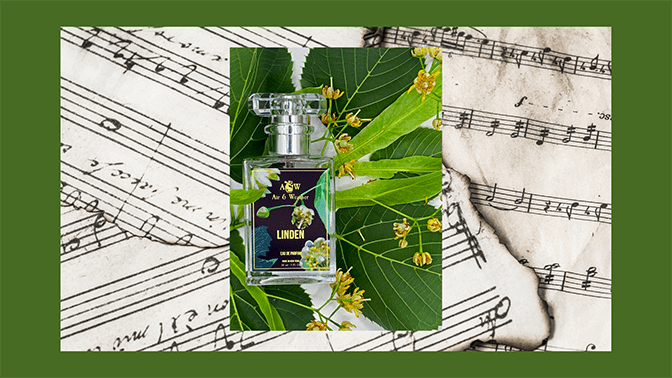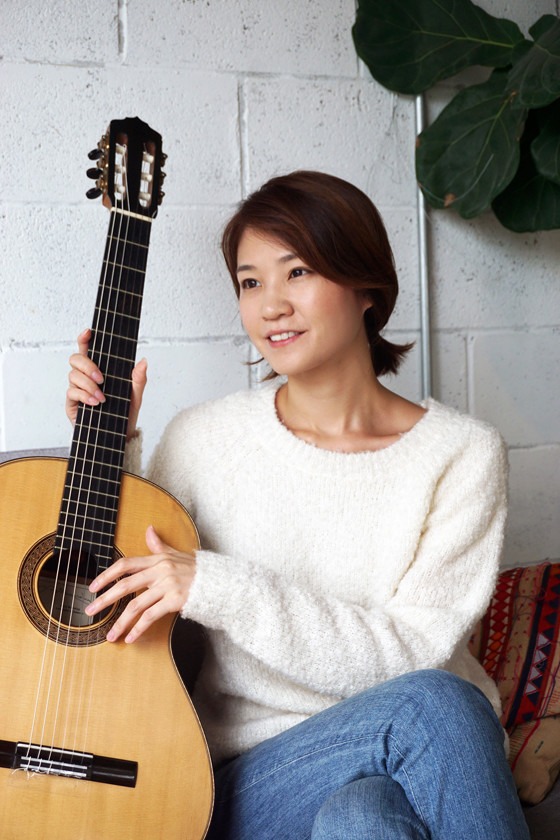
Guitarist Dr. Yenne Lee’s unusual career trajectory opened with toddler piano lessons, which she abandoned in favor of becoming the prize-winning junior league table tennis champion of Gang-nam Gu, Seoul. Years later, she landed a SONY recording contract and tour as part of an “idol”-style, all-women classical guitar quartet while still enrolled in college as an undergraduate. Most recently, she earned the distinction of becoming the first South Korean native to obtain a Manhattan School of Music doctorate in classical guitar. Ms. Lee has also been demonstrating her burgeoning academic expertise as a lecturer on Fernando Sor’s Fantasies whilst producing a debut album, entitled Beautiful, featuring solo instrumental guitar arrangements of classic 1970s pop songs.
Lee started learning the guitar at age 12, inspired by her older brother’s efforts. They shared the same instructor, Mr. Seung Bum Ahn. “He was a great teacher, though I believe he is no longer playing these days” she says. “Thanks to my prior piano studies when I was younger, I’d developed a solid knowledge of music theory and a good ear so I became proficient at guitar very quickly. And, after playing table tennis competitively, which required about five hours of daily practice whether I wanted to or not, I must say that practicing the guitar felt easier, at least physically!”
Lee was not quite 14 years old when she earned the 2nd place prize for her performance of Asturias Leyenda by Albéniz in the Korean Guitar Association’s National Guitar Competition’s Junior High division.
Lee became a member of the Botticelli Guitar Quartet, signed by SONY Records, while she was studying at the Seoul National University. The quartet recorded Antonio Vivaldi’s Four Seasons (Sony Classical) in 2009, the first known recording of this piece on four guitars.
“The management’s A&R person, Jung-ho Kim, who is also the owner of the company, was working with a guitarist, Song-ou Lee, whom I used to study with,” Lee says. “Mr. Kim wanted to create an all-women guitar quartet and he asked for recommendation from Mr. Lee, who recommended me, as well as others. Young “idol”-style classical musicians are quite popular in Korea now, and I think the quartet was one of his attempts to create such a popular classical music group, perhaps similar to the Four Angels Quartet of China. After I arrived in New York in 2010, the quartet regrouped and continued to perform but with different members.
“I wanted to study guitar academically. That had been my dream,” Lee explains. “I wanted to experience a bigger world. When I arrived in the U.S., I experienced a change of plans and decided to settle in New York instead of Los Angeles, where I’d hoped to study with William Kanengiser. My husband, Joe Whang, wanted to study art and we felt the best school for him was at Parsons in New York. So he and I arrived in Manhattan together in 2010. I am glad that I came to New York to study at Mannes because I met great people there, including Michael Newman. He has been so great all these years and has given me so much help and guidance. I am very grateful to have had him as my teacher.”
“Yenne Lee served a prominent role as the leader of a very special class at Mannes College of Music, after she accepted a scholarship offer to come from Seoul, Korea to pursue her Master of Music degree at Mannes,” says Michael Newman, co-head of the guitar department at Mannes, the New School for Music. “She joined an international all-star team, including João Luiz (Brazil), Celil Refik Kaya (Turkey), and Pierre Ferreyra Mansilla (Perú).
“Yenne was already a SONY recording artist when she arrived in New York, so it was no surprise what an engaging and musically sensitive performer she was.
“I’m thrilled that Yenne has continued to have great success in competition, performance, and recordings. She recently gave an informative presentation to the Mannes guitarists filled with lots of wonderful insights about her doctoral research on the fantasies of Fernando Sor.”
In 2013, while Lee was studying for her Doctorate in Musical Arts from the Manhattan School of Music, she placed 4th in the Indiana International Guitar Competition.
Lee became enthralled by Sor’s Fantasies during the course of her studies and devoted herself to researching the pieces in-depth. “I wondered what form these works truly are. Are they free form? Are they imaginative, improvisatory pieces like the Renaissance fantasies?” she asks. “It didn’t seem like they were. Some of Sor’s fantasies were actually written in classical forms, such as rondo and variations. It turns out these particular pieces are, in fact, special works the composer chose to play in concerts himself, and these works also exhibit many of the musical features employed by his contemporaries within the Romantic Movement, such as Beethoven, Schubert and Berlioz.
“For example, many of the movements of Sor’s Fantasies end with the dominant chord instead of the tonic chord. Or else, they end with a connecting passage that leads to the next movement without taking a break. This stylistic technique was not employed before Beethoven. In Sor’s Seventh Fantasia, Op. 30, the theme-and-variations movement is followed by a transition that leads into the next movement in the sonata form. So, you cannot play only part of the piece in concert as you would, say, with other multi-movement pieces. This fantasia must be heard in its entirety.
“Sor also utilizes cyclic form, a pattern best described as when a movement within a piece incorporates a theme or an idea from an earlier, preceeding movement. Prior to the Romantic period, this technique was not employed, but it appears in notation written by Beethoven, Liszt and Berlioz. The aforementioned Seventh Fantasia, Op. 30 uses this approach as well, which is another reason why the piece needs to be heard in its entirety.
“Romantic composers often used these two methods I’ve described to give coherence to longer pieces, consisting of multiple movements. Sor was one of them.
“Also, some of Sor’s fantasies are programmatic music, which is the type of work that contains an inherent story or programmatic elements. His Fantaisie Villageoise, Op. 52 and Fantaisie Élégiaque, Op. 59 are examples. In Fantaisie Villageoise, you can hear the type of bells and cow calls that would be heard in a village in the Alps. These sounds were probably influenced by Beethoven’s Pastoral Symphony (No. 6, Op. 68) and Berlioz’s Symphonie Fantastique. Fantaisie Élégiaque laments the death of Sor’s friend Charlotte, whose name is inscribed above some notes on the sheet music.
“I love Sor’s études as well. To me, they are like Chopin’s piano preludes. Sor is my favorite composer for that time period and I also like many other composers as well, such as Barrios, Tárrega, Villa-Lobos, Carulli, Brouwer and Rodrigo.”

Lee acknowledges her unusually facile transition from writing a doctoral dissertation on classical pieces to creating her delightful album, Beautiful, featuring classic 1970s pop songs for solo instrumental guitar.
“The pop song covers are my arrangements,” she says. “I can play pretty much any music when I hear it. By the time I was able to play both the tune and accompaniment on the guitar, I started to have fun playing around with music I knew by heart, which included theme songs from animes, popular songs by Korean idol groups and piano pieces that I used to play. When I was in high school, English language pop songs from around the 1970’s caught my ear, especially “Can’t Take My Eyes off You,” “How Deep is Your Love?”, Yesterday Once More, Lovin’ You
and You Needed Me
.
“I liked playing these tunes on my guitar in between practicing classical pieces by Bach and Giuliani. I’ve always loved how those songs sounded on my guitar, but it seemed nobody was performing them this way, professionally, as solo instrumentals for guitar. In the Korean classical guitar scene, which I feel is relatively conservative, it seemed that it would be wrong or disrespectful to the instrument if anyone performed music like this. At the time, I had to focus on my classical training anyway, which I also liked, so I did so until I received my doctoral degree. I still managed to squeeze some non-classical pieces into some of my concerts during those years. I played If by Bread (David Gates) and A Natural Thing by Earl Klugh in a concert in Seoul, and I played Take Five by Dave Brubeck in one of my Mannes recitals. Except for A Natural Thing, which I merely made a transcription of, the others were my arrangements.
“The reason why I decided to make an album of song covers is manifold,” Lee says. “Firstly, I like playing songs on my guitar. I am a terrible singer so I play them on my instrument instead.
“Secondly, with background in piano, I’ve always wanted play the guitar the way the piano is played. Piano is the most versatile instrument, used in various genres including classical and jazz. The classical guitar is used mainly for performing the classical genre only. When people think of using guitar in popular music, they tend to think of the acoustic steel-string guitar and electric guitar. I feel strongly that classical guitar is capable of playing other genre music as well.
“Classical guitarists have superb finger techniques that most other guitarists do not have. We probably spend more money studying it. Yet we are not in demand or as popular, compared to other guitarists. Classical guitarists also tend to play mostly for each other and do not have big public fan base. I would love for the classical guitar and its players to flourish more and to be more needed! So, by producing this album, along other future albums that I am planning, I would like to demonstrate how the classical guitar is capable of so much more. When people say they want to learn guitar, most of them probably think of the acoustic guitar or electric guitar. People ought to know they can play their favorite songs on the classical guitar, too.
“Thirdly, I wanted to do something that is unique of me and not something that all other classical guitarists do. I continue to play classical pieces, but I don’t think I will be recording them because there are already so many great recordings in circulation. Perhaps, at some point, I will record one classical album that consists of my favorites, such as music by Sor and Barrios.
“Fourthly, this album, Beautiful, was a special project for me in terms of interpretation and articulation. When I created the arrangements, I wrote down not only the notation but also the lyrics. I listened for the nuances in how the singer chose to accent and articulate the lyrics and I imitated these inflections on my guitar strings. I also played the notes with consideration of corresponding lyrics and their meanings. For example, in The Water Is Wide, for the lyrics “for the love I’m in,” I tried to give a special touch the word “love.” I recorded many takes in order to get that part the just the way I liked it. The most challenging song, in terms my imitating the nuances of the singer’s voice, was Don Henley’s Desperado. When I first transcribed the song and tried playing it without the lyrics, and it didn’t sound right. The melismas (a syllable that spans more than one pitch) were tricky because the notes need to be played with multiple strokes on guitar, as opposed to being issues in one breath with voice. Also, I found multiple syllables at the same pitch to be tricky.
“Another interesting song to play was He Was Beautiful (Cavatina), the famous piece played by John Williams. In He Was Beautiful, Cleo Laine set words to the piece, and my arrangement is based on that version. It was a fun process to study and imitate how singers articulate lyrics, and I think my playing has benefited from it.
Lee teaches privately to mostly high school students. “They all have different musical tastes and playing styles which I like because it exposes me to various possibilities,” she says. “What I am teaching them now ranges from the song, I Was Made For Loving You by Tori Kelly (ft. Ed Sheeran), Sor études, All of Me (Jazz standard) and the Star-Spangled Banner. I have one student who has been playing the steel-string guitar for years prior to studying with me, and she bought a nylon-string guitar after studying with me for a few months. I didn’t tell her to buy one! She said she liked the sound of my instrument so much that she wanted to play it herself. This is exactly what I hope to see happen more often–people using classical guitar to play their favorite songs! Because it sounds good!”
Dr. Yenne Lee has two concerts coming up this summer, one at the Korean American Guitar Society in Los Angeles on May 27th and another at the Vietnamese American Classical Guitar Society in Westminster, California on June 2nd. She will also be teaching master classes at the 17th New York Guitar Seminar at Mannes this summer.
She is also planning to release a new album in early 2018. “I have a theme in mind but would like it to be a surprise,” she says. “My plan is to release an album every other year, depending on availability of funding and time.”
And when she is not plucking her guitar, you may just find Dr. Lee picking up a paddle and whacking a few rounds of table tennis in Bryant Park against another top-notch player, guitarist João Luiz of The Brasil Guitar Duo. “João is a good friend of mine and he is also a great ping pong player!”
For more information, please visit Yenne Lee’s website.
* * *

